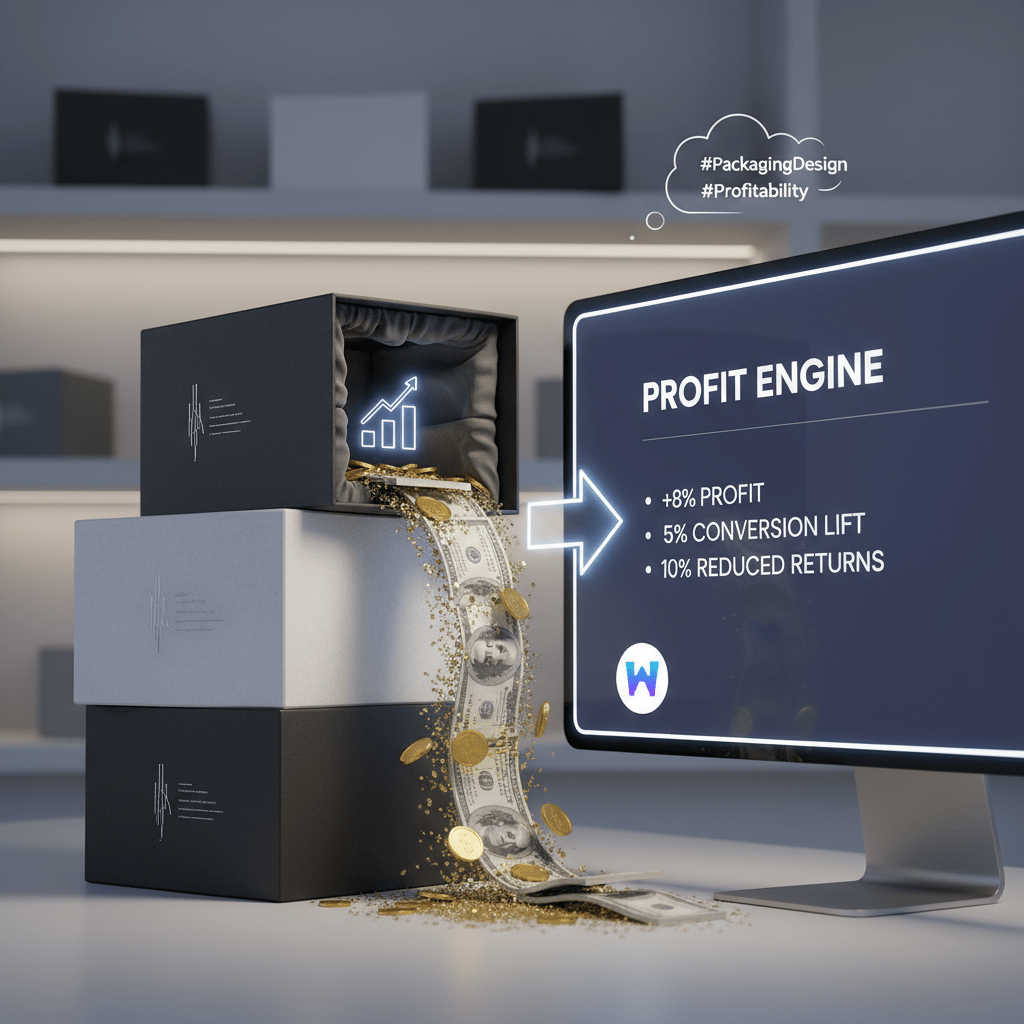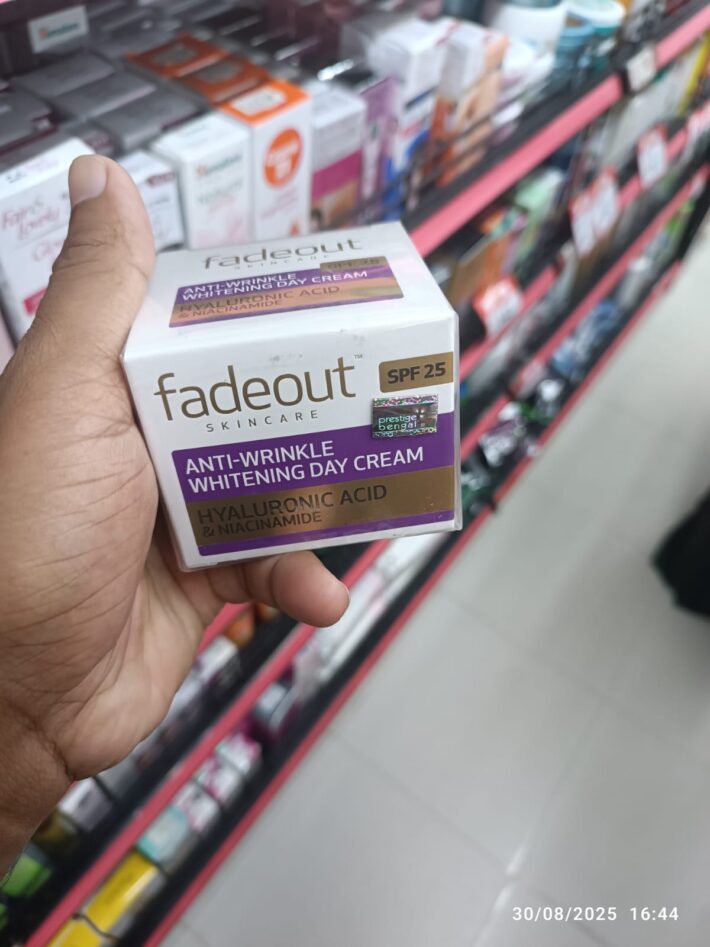How Premium Packaging Design Drives Profit (ROI Guide)

How Premium Packaging Design Can Make You More Profit
Premium packaging isn’t just “fancy.” It’s purposeful structure, materials, finishes, and messaging that increase perceived value, improve usability, reduce damage, and create a memorable unboxing experience. Done right, it impacts revenue and costs—lifting margins, conversion, and lifetime value.
Why packaging influences profit
- It signals quality and justifies price
- It reduces friction (easier to open, store, reuse)
- It protects better (fewer damages and returns)
- It tells your story at the moment of truth (shelf or doorstep)
The 5 profit levers packaging pulls
1) Pricing power through perceived value
- What happens: Elevated look/feel supports modest price increases without hurting demand.
- Do this: Upgrade substrates and finishes where customers feel them (rigid board, soft-touch, foil, emboss/deboss). Tighten hierarchy: brand, benefit, proof.
- Track: Willingness-to-pay tests, A/B price tests, contribution margin.
2) Conversion lift (on shelf and online)
- What happens: Clear claims and premium cues improve pick-up rate in retail and PDP conversion online.
- Do this: Front-of-pack claim + proof (e.g., certification badge), legible typography, color blocking, compliant nutrition/INCI where relevant. For ecom: shoot packaging hero angles for PDPs and ads.
- Track: Sell-through velocity, PDP conversion rate, add-to-cart rate.
3) Retention and referrals via unboxing
- What happens: Delight drives repeat purchases and shareable UGC.
- Do this: Thoughtful opening sequence, surprise insert, QR to loyalty or tutorial, minimal but quality tissue/labels.
- Track: Repeat rate, time-to-second-order, referral code usage, UGC volume.
4) Cost savings: damage, returns, and shipping
- What happens: Better protection and right-sized design reduce breakage, returns, and dimensional weight.
- Do this: ISTA drop testing, corner crush specs, internal fitments, switch void fill to custom inserts.
- Track: Damage rate, return rate, average shipping cost/order, pack-out time.
5) Distribution and retail wins
- What happens: Retail-ready packaging and compliance earn placement and reduce fines/chargebacks.
- Do this: GS1/barcode compliance, case pack optimization, shelf dimensions, anti-theft considerations.
- Track: Compliance issues, chargebacks, facings/placement upgrades.
Quick ROI math (why small changes matter)
Baseline
- Price: $20
- Unit cost (COGS incl. current packaging): $12
- Gross margin/unit: $8
- Units sold: 10,000 → Gross profit: $80,000
Premium packaging scenario
- New packaging adds $0.40/unit
- New price +$1.00 (5%), volume flat
- New margin: ($21 − $12.40) = $8.60
- Profit: 10,000 × $8.60 = $86,000 → +7.5%
Layering impact - If conversion +3%: 10,300 units → $88,? 10,300 × $8.60 = $88,? $88,? Let’s compute precisely: 8.60 × 10,300 = $88,? Wait—8.610,300 = 88,? 8.610,000=86,000; +8.6*300=2,580; total $88,580 → +10.7% vs baseline
- If returns drop 10%, savings add further lift
Packaging profit checklist
- Strategy: customer insight, price ladder, “premium” cues that fit your category
- Structure: right-size, protect, easy open/close, retail-ready
- Materials/finishes: upgrade where it’s felt; balance with sustainability goals
- Messaging: benefit-led headline + proof; QR to deeper story or trial
- Sustainability: recycled/recyclable where feasible; communicate clearly
- Ops: pack-out time, supplier lead times, MOQ, quality control plan
- Compliance: barcodes, claims, certifications, labeling standards
How to measure impact (fast)
- Pre/post test in 1–2 markets or 2-week windows
- Track: price realization, velocity, conversion, returns, damage, shipping cost/order, repeat rate
- Gather: intercept or post-purchase surveys (“What influenced your purchase?”), UGC volume, review mentions of packaging
Common mistakes
- Over-decorating without improving structure or messaging
- Heavy materials that spike shipping/handling
- Invisible upgrades (customers can’t feel/see them)
- Ignoring compliance and shelf constraints
FAQs
Does premium packaging always cost more?
Not always. You can reallocate spend (e.g., reduce void fill, right-size boxes) and invest in touchpoint finishes where they’re noticed.
How fast can I see results?
Ecommerce brands often see changes within 2–6 weeks after a packaging refresh; retail timing depends on sell-through cycles.
Will sustainability and “premium” conflict?
They don’t have to. High-quality recycled boards, mono-materials, and minimal, well-finished designs can feel premium and be easier to recycle—just communicate it clearly on-pack.
What if my product is low price?
Premium doesn’t mean expensive—clarity, cleanliness, and better structure can increase conversion and reduce damages even at low price points.


